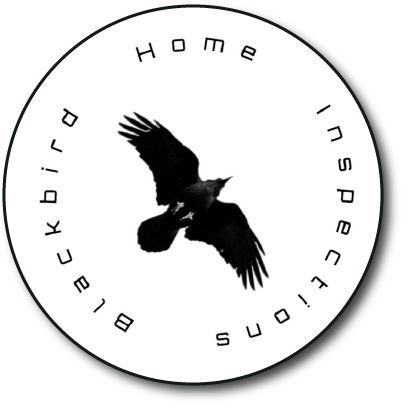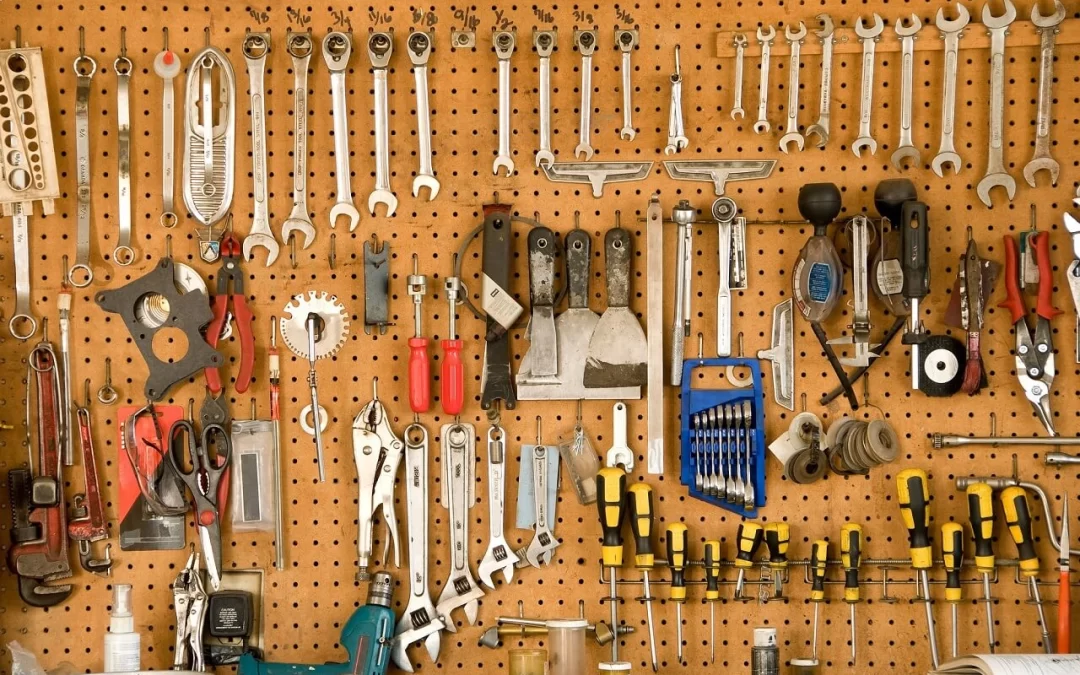Transforming your basement into a well-organized storage room improves the functionality of your home. For many homeowners, the basement becomes a spot for seldom-used items, holiday decorations, and out-of-season items. However, with a thoughtful approach, you can turn this space into a valuable asset. Here are six practical ideas for basement storage that can make navigating and using your basement a breeze.
Basement Storage Options
1. Shelving Units for Effective Basement Organization
Shelving is a simple way to maximize basement storage. Sturdy shelves can accommodate a range of items, from boxes of holiday decorations to bulky sports equipment. Secure your shelves to the wall to keep them safe and stable, especially if you live in an area prone to seismic activity. Customizable shelving is a great option, allowing for adjustments as your storage needs change.
2. Clear Plastic Bins Offer Visibility
Replace cardboard boxes with clear plastic bins, which offer better protection against moisture and pests – common concerns in basements. Label the bins clearly to streamline finding items, saving you the hassle of rummaging through boxes. Plus, transparent storage allows for a quick visual inventory.
3. Ceiling Storage Space
Your basement’s overhead space offers storage for less frequently used items. Overhead storage racks or hooks are great ways to suspend bicycles, skis, and other sporting gear up and out of the way, freeing up valuable floor space for things you need more often.
4. Basement Storage: Wall-Mounted Pegboards
For tools, craft supplies, and lawn equipment, a pegboard is a versatile storage solution that allows you to customize and use wall space efficiently. With a variety of hooks and baskets you can arrange to suit your needs, pegboards keep everything within reach and in plain sight.
5. Built-In Cabinets for Storage in the Basement
Built-in cabinets provide an aesthetically pleasing storage solution, keeping items out of sight for a cleaner look. Cabinets are great for storing items requiring protection from dust and hiding less visually appealing necessities.
6. Storage Under the Stairs
The space under the stairs is often unused but has great potential for storage. Whether you install drawers, cabinets, or shelves or use the area as a nook for suitcases and bins, this area is prime real estate for keeping items tucked away but still accessible.
Improve the basement to create a well-organized space for your belongings. Schedule regular cleanouts to keep the area efficient and useful. Assess your basement storage needs and adjust as necessary. Make sure every item is accessible and adequately preserved for when you need it. With these tips for basement storage, your home can enjoy a redefined space that becomes a cornerstone of home organization.
FAQs
How can I organize seasonal items in my basement to maximize space and accessibility?
To effectively store seasonal items, try stackable storage bins or clear plastic bins with labels for easy identification. Use shelving to create designated areas for different seasons, such as holiday decorations, winter gear, or summer sports equipment. Rotate items seasonally, keeping frequently used items within easy reach and less often used items towards the back of shelves or racks.
Are there storage projects for basements I can undertake without professional assistance?
Yes. You might build shelving units using plywood and brackets, construct overhead storage racks from lumber and hardware, or repurpose old furniture or crates for storage solutions. Many DIY websites and tutorials offer step-by-step instructions for these projects.
What are innovative ways to create storage in underutilized areas in the basement, such as corners or alcoves?
Install corner shelving or floating shelves to maximize vertical space. Use alcoves by adding built-in cabinets or shelves tailored to fit the space, providing storage for specific items like books, media, or crafting supplies.
How can I protect stored items in the basement from moisture damage and pests?
To protect your items from moisture damage and pests, maintain good ventilation by improving airflow in the basement. Use dehumidifiers or moisture absorbers to control humidity levels and promptly address leaks or water infiltration issues. Store items in sealed plastic bins or containers to keep them dry and protected from rodents and insects. Use natural pest deterrents like cedar blocks.
What safety considerations should I consider when installing overhead storage racks or shelves in my basement?
Safety is paramount when installing overhead racks. Verify the racks are securely anchored to ceiling joists using appropriate hardware to support the weight of stored items. Use a sturdy ladder or scaffold with a helper to assist with installation. Never overload your storage system beyond its weight capacity, and regularly inspect the hardware and mounting points for signs of wear or damage.
Blackbird Home Inspections offers inspection services to customers in Central Arkansas. If you’re buying or selling a home, contact us to request an appointment.

